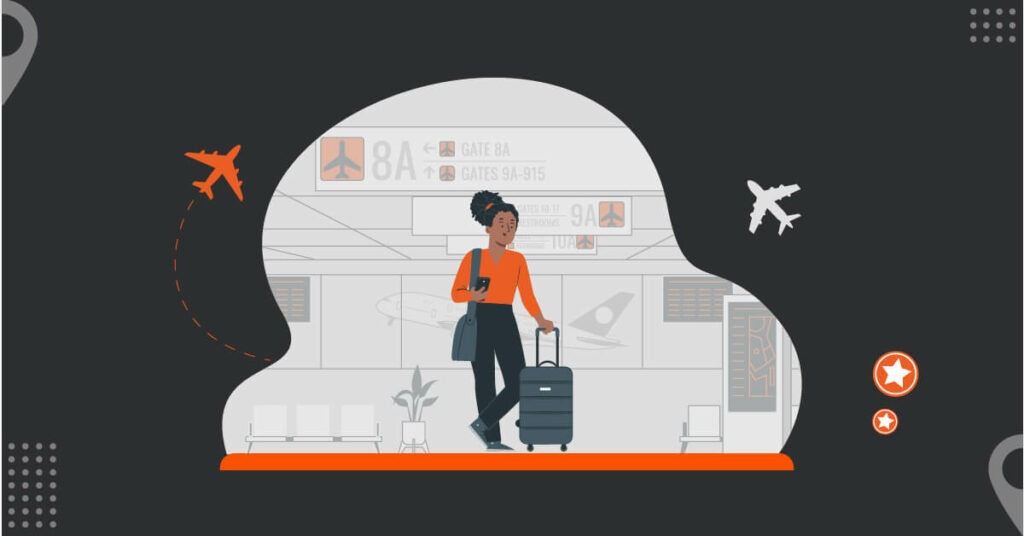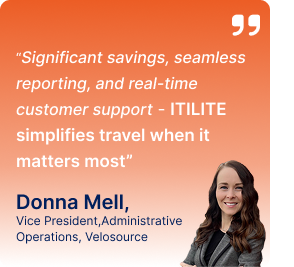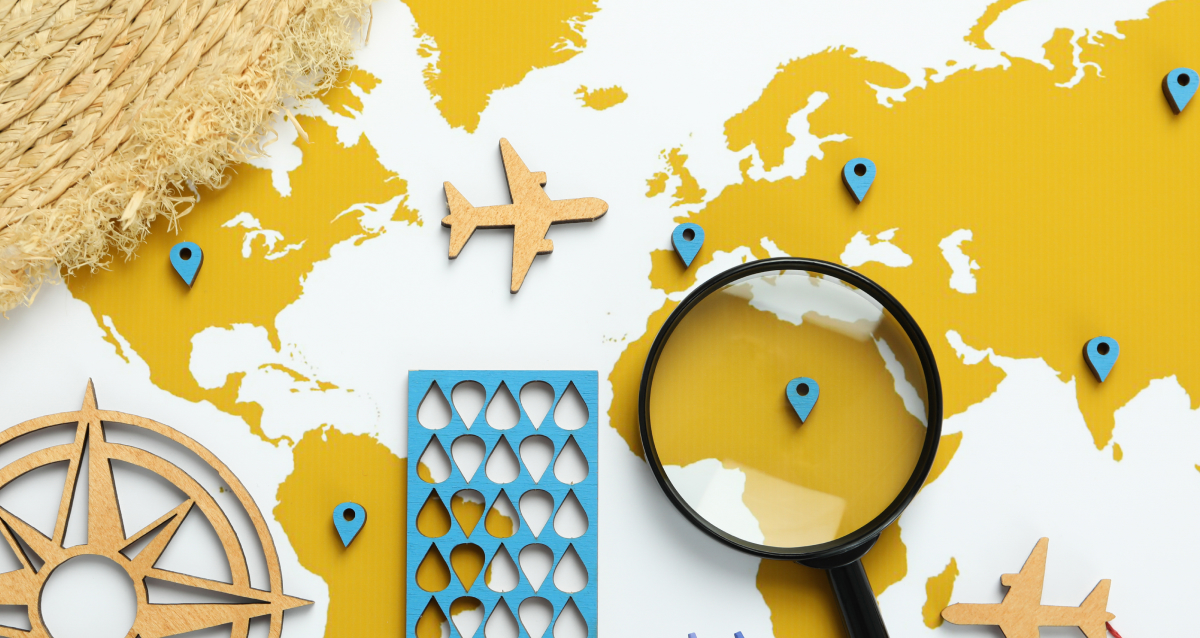
The number of women landing leading roles in the workforce has significantly increased over the last several years. Female employees must travel more frequently to carry out business travel activities and stay productive while on the go. However, they face multiple risks and challenges than their male counterparts. And because of this, it can impact business travel goals.
This is where HRs come into the picture. To make female travel successful, HRs must consider the challenge faced by female employees and adopt measures to prevent or eliminate the same. This ensures they are safe and comfortable during their business trips, leading to employee satisfaction.
Here are the 7 important steps HRs can adopt to make female travel successful:
Conduct Risk Assessment
The first step to making female travel successful is conducting a risk assessment. Risk assessment is important because it helps identify potential hazards and risks associated with various activities or situations.
Regarding female employees, HR professionals should identify any potential safety risks that may be very specific to them. Some of the risks include sexual assault, inappropriate comments, mugging, unnecessary following, etc.
Hence, HRs must follow certain steps so that female employees do not face these issues. They include:
- Research the destination: HR professionals should research the destination thoroughly to identify potential safety risks. This can include reviewing crime rates, political instability, natural disasters, and health risks.
- Consider cultural norms and laws: As an HR, you should also consider cultural norms and laws that may affect female employees. For instance, some countries may have dress codes or restrictions on woman’s behavior. This may differ from what your female business travelers are used to in their home country. HRs must clearly communicate these cultural norms and laws so that their employees don’t inadvertently violate or offend any customs that could put their safety at risk.
- Evaluate the likelihood and impact of risks: After identifying the potential risks, you should evaluate the likelihood of those risks occurring and the potential impact on the safety of female travelers.
For example, if there is a high risk of theft or chain snatching in a particular area, HRs must provide guidance on how to keep their belongings safe while traveling.
Here is a risk assessment checklist you can use to evaluate the risks.
Get Free Traveler Risk Assessment Checklist

ITILITE is a corporate travel management company that uses state-of-the-art technology, provides incredible customer services, accommodates any last-minute changes to your travel itinerary, has a virtual travel consultant, provides round-the-clock travel support, and many more.
Get a free demo now to learn more about the advanced features.











